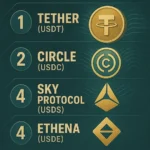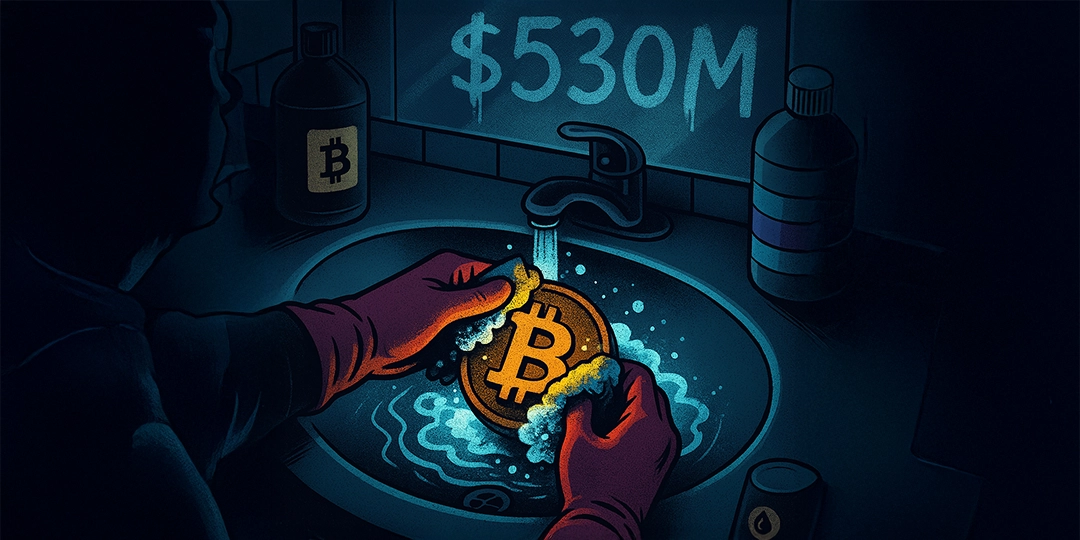In the dynamic world of Web3, influence is a powerful currency, especially on platforms like X (formerly Twitter). A substantial following grants more than just likes; it provides significant leverage over market sentiment, token valuations, and even investor behavior. Many crypto influencers have effectively monetized this influence. However, what sometimes appears as insightful market analysis or genuine community building can, in practice, be a carefully orchestrated strategy. Here’s a look at some common tactics.
The meme token playbook: Hype, price action, and exits
A prevalent strategy in the crypto social media sphere involves meme tokens:
Initial contact: Influencers are often approached by meme token creators.
Compensation: They receive payment in cash or a percentage of the total token supply (commonly 1–5%).
Hype generation: They then post bullish analyses, memes, and “calls” to generate excitement and demand.
Price movement: As their audience buys in, the token’s price typically rises.
Exit strategy: The influencer may then quietly sell their holdings, taking profits while their followers may still be holding the token. The larger an influencer’s following, the more pronounced the initial price movement and subsequent correction can be.
Wallet strategies: Maintaining the illusion of long-term commitment
To maintain the perception of holding long-term positions, some influencers may employ multiple wallets or intermediaries:
Token distribution: Tokens might be spread across various wallets, which can give the appearance of decentralization.
Staggered sales: Selling can be staggered across different wallets to make large exits less noticeable.
Masked activity: Some on-chain wallets might appear inactive, while others controlled indirectly by the influencer are actively trading or selling.
This can make it challenging for casual investors to trace the origin of sell-offs, allowing some influencers to profit while publicly advocating for the token.
The influencer token: When the ‘community’ becomes the target
Some influencers bypass third-party tokens by launching their own:
Personal branding: They introduce a token branded around their public persona.
Promised ‘experiments’: These are often pitched as ‘community experiments,’ ‘fan tokens’, or ‘fair launches’.
Early allocation: A significant share of the tokens might be allocated to the influencer or their associates early on.
Post-pump actions: After an initial price surge, some influencers may sell their holdings, sometimes leading to a rapid decline in the token’s value and, in some cases, abandonment of the project.
In certain instances, pre-mined wallets may be used to simulate early interest or liquidity, only to be drained when retail investors buy in, leading to a swift price collapse.
Shill networks: Orchestrated hype machines
Behind many trending coins, there can be a network of influencers who:
Cross-promotion: Actively retweet and amplify each other’s ‘calls’.
Shared allocations: May share insider allocations before public launches.
Coordinated campaigns: Orchestrate synchronized social media campaigns to flood timelines.
Retail investors might perceive this as a grassroots movement, but it can be manufactured virality designed by a coordinated group that profits as new buyers enter the market. The amounts involved in these schemes can be substantial, with millions of dollars potentially moved in a single cycle using follower buy-ins as exit liquidity.
Course sellers: Education or misdirection?
Another emerging trend involves crypto influencers who generate significant income from selling educational courses rather than solely from crypto trading:
Projected success: They often present an image of success through screenshots of large gains, displays of luxury lifestyles, and promises of ‘alpha’ insights.
FOMO-driven sales: They leverage hype and the fear of missing out to drive sales of courses, which can range from under $100 to several thousand dollars.
Income source: In many cases, their primary income stream is from course sales, not necessarily consistent trading profits. Some may even use edited screenshots or demo accounts to create an illusion of profitability, or repackage basic information as exclusive “insider knowledge”. The actual ‘product’ being sold often becomes the aspirational lifestyle, rather than genuine, actionable trading success.
Identifying potential red flags
To protect yourself, consider these common warning signs:
- Frequent promotion of multiple tokens each week.
- Lack of clear disclosure regarding paid promotions or personal token allocations.
- Repetitive memes and buzzwords without substantive project details.
- Heavy promotion of courses without verifiable proof of trading performance.
- Tokens with large insider wallet holdings and sudden, large-scale liquidity withdrawals.
- Suspicious wallet activity that aligns with their public “calls.”
- Promotion of “community tokens” that lack a clear roadmap or utility.
The broader impact: Trust and vigilance
In a space built on principles of decentralization and financial freedom, these practices can create a form of subtle centralization, where a few voices exert considerable influence over the financial decisions of many. The damage extends beyond immediate financial losses; it erodes trust in legitimate projects, hinders broader crypto adoption, and can discourage new, authentic builders from entering the ecosystem.
Protecting yourself: Your money, your responsibility
The most effective defense against such schemes is informed skepticism and diligent research. Before investing in any token based on an influencer’s recommendation, ask critical questions:
- Is the influencer financially tied to the token?
- Have they clearly disclosed their interests or compensation?
- Do they appear to profit more from promoting tokens or from selling products/services to their audience?
- Does the token have a real product, clear utility, or an active user base, or is it primarily driven by hype?
You don’t need to be a blockchain expert, but vigilance is crucial. In a space where a single tweet can trigger a million-dollar market movement, you are either operating with insider-level information, or you could inadvertently become the ‘exit liquidity’ for others.
Disclaimer: This article aims to highlight common patterns and does not apply to every individual operating in the crypto space. There are many authentic builders, educators, and analysts who contribute genuine value. However, alongside them, there is a growing number of individuals leveraging social media influence primarily for personal financial gain at the expense of their audience. In crypto, “DYOR” (Do Your Own Research) is not merely advice; it’s essential protection.















